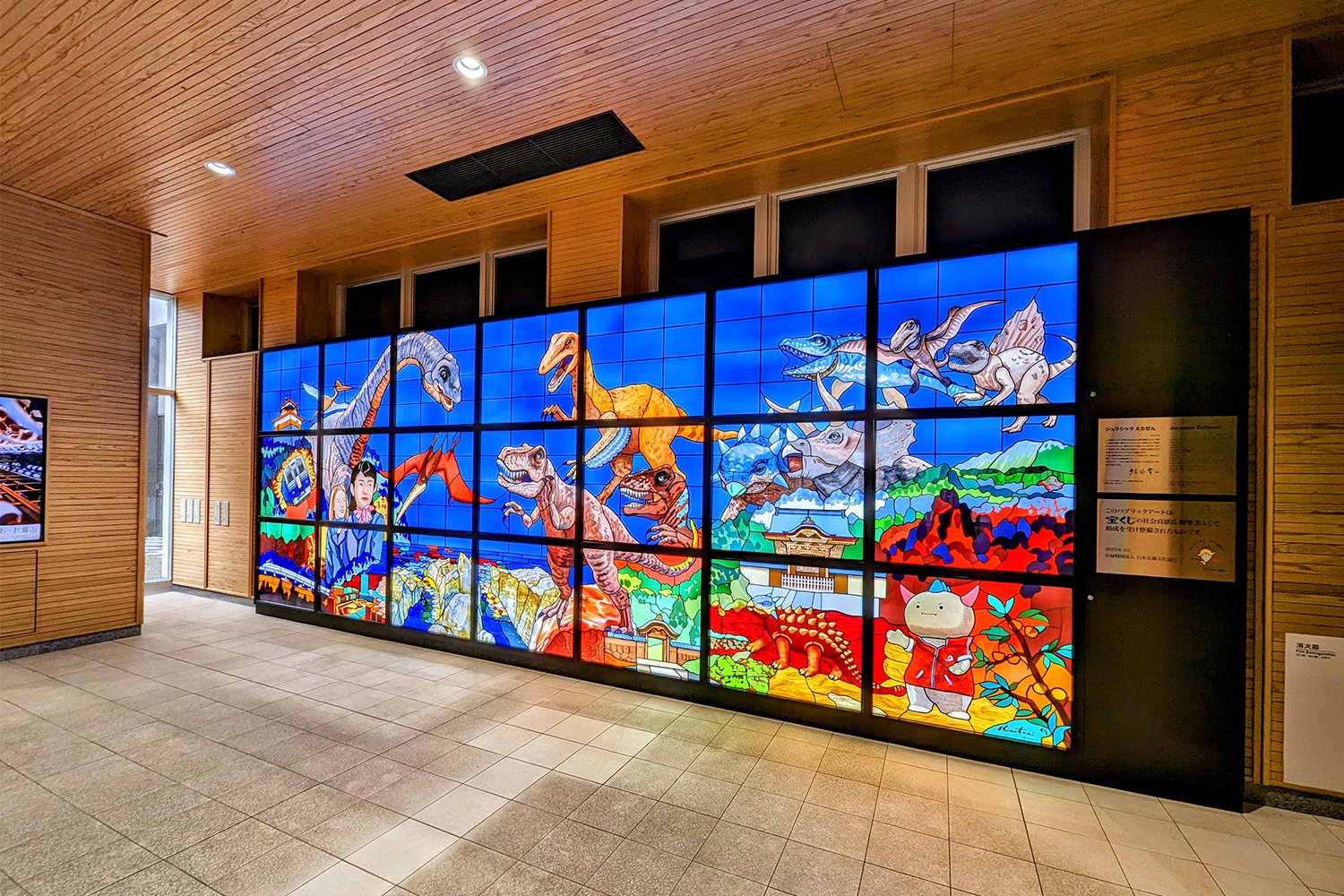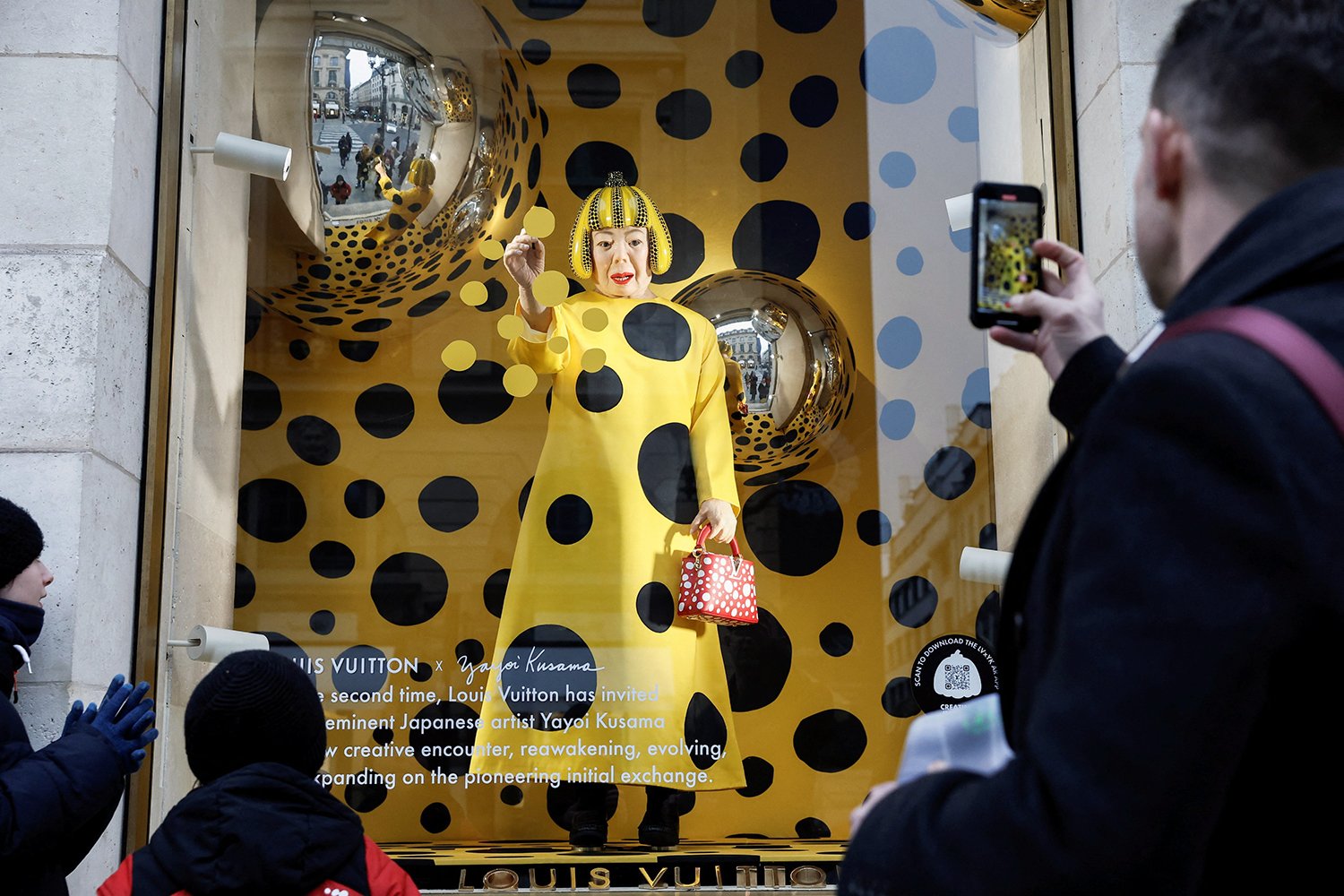Intro to Matsumoto

The relaxed castle town offers beautiful architecture, nature, and world-class art.
Cover photo: Posing with The Visionary Flowers (幻の華), 2002, by Yayoi Kusama (草間 彌生), outside the Matsumoto City Museum of Art, Matsumoto, Nagano Prefecture, Japan (2023).
Intro
During spring break, early April, I arrived in Tokyo to find most sakura (桜) or cherry blossom petals fallen and wilted. Disappointed, I decided instead to visit a new city long on my bucket-list, Matsumoto. Matsumoto is famous primarily for two reasons; it’s home to one of the nation’s oldest castles and the birthplace of the world’s most popular artist, Yayoi Kusama.
With a population of approximately 240,000 people, Matsumoto is the second largest city in Nagano Prefecture (after Nagano City). Matsumoto sits in a mountain basin, with Japan’s Northern Alps to the west, known for nearby ski resorts, onsen (温泉) [hot springs], and silk industry. The prefecture is also famous for basashi (馬刺し) or raw horse meat, but I was too shocked by the menu item to partake, opting for seafood instead.
A trip to Matsumoto was exactly what I needed. The remote location meant smaller crowds and cheaper prices, making it a perfect retreat from Tokyo Metropolis. My stay at Hotel Buena Vista also included a complimentary visit to the deluxe Shoho Onsen, an elegant hot spring resort featuring both indoor and outdoor baths.
Due to Nagano’s colder climate, sakura had not yet peaked. Staff at the station’s tourist center told me that I arrived on the last evening of spring illuminations at Matsumoto Castle Park. How serendipitous! Once I’d checked into my hotel, I headed that way.
Heritage Streets
Matsumoto features two heritage streets, Nawate-Dori and Nakamachi-Dori. I was surprised to find that Nawate-Dori (縄手) [Straight Riverbank Street] is entirely frog-themed, with countless sculptures and decorations.
A chorus of croaking frogs had once filled the air of the riverside path but the animals abandoned the habitat after a flood in 1959. Nostalgic locals rebuilt the street in memory of the departed amphibians. Additionally, the Japanese word for “frog” (蛙) [kaeru] is a homonym meaning “to return” or “to go home” ( 帰る), so tourists can purchase a frog souvenir in hopes their trip ends safely.
Running parallel to Nawate-Dori, located on the other side of the river, is Nakamachi-Dori (中町通り) [Town Center Street], an old merchant road. After the area burnt down in 1888, the lost buildings were replaced by fire-resistant clay kura (倉) [storehouses] decorated with elegant lattice walls.
Today most of the kura feature trendy shops, with the exception of the Kurassic-kan (蔵シック館) [Classic Storehouse Hall] complex, which serves as a community center, hosting public events such as exhibitions, classes, and concerts. During my visit, I happened upon some talented basket-weavers!
The grand structure was once a sake (酒) [rice wine] brewery, as evidenced by the mighty sugidama (杉玉). Made of cedar boughs, these large decorative balls were traditionally hung outside breweries in gratitude to divine deities. Fresh green boughs signal a new sake pressing and the boughs dry and darken with time, reflecting the batch’s maturity.
Castle
After a bite of warm sembei (煎餅) [rice crackers], I left for the park, chasing the castle keep in the distance. I arrived in time for sunset. The sakura trees were as gorgeous as I’d hoped, especially beautiful in twilight.
Matsumoto-jo (松本城) is one of Japan’s twelve original castles. Dating back to 1593, this national treasure has stood for over 400 years!
“The castle was built for warfare, with numerous loopholes for bows and firearms, but just at its completion, Japan emerged from a prolonged period of civil war into a 200-year era of stability, and the castle town became a center of commerce,” explains journalist Alexander Zabusky. Today, the castle houses the Gun Museum, featuring an excellent firearm exhibit that will surely delight any weapons enthusiast.
Due to its black-lacquered cladding, the structure is also known as Kurasu-jo (烏城) or the Crow Castle. I didn’t see any crows but I was pleasantly surprised to find a swan swimming in the surrounding pond! Children watched the bird dart across the water as the night grew cold from the mountain air.
Great Gigantic Pumpkin (大いなる巨大な南瓜), 2017, mixed media, by Yayoi Kusama, installation view at the Matsumoto City Museum of Art, Matsumoto, Nagano Prefecture, Japan (2023). Photo by Danny With Love.
Yayoi Kusama
The following day I visited the Matsumoto City Museum of Art, featuring the work of local-born artists, including sculptors Munehide Hosokawa (細川 宗英), Hideki Iinuma (飯沼 英樹), and calligrapher Shinzan Kamijo (上條 信山).
Notably, the museum displays works by Yayoi Kusama (草間 彌生), considered to be “the most popular artist in the world”. Outside the building’s entrance, I was greeted by towering flowers, while visions of polka dots awaited inside. The rotating collection included a spinning chandelier, a ladder stretching into infinity, and Kusama’s trademark pumpkins.
Kusama was the youngest child born to a wealthy family of gardeners, who owned a plant nursery and seed farm. She had a difficult childhood, tasked by her mother to spy on her adulterous father. Botany would serve as lifelong inspiration for the blooming artist, plagued by visual and auditory hallucinations.
It was at the Matsumoto Girls’ High School (松本高等女学校) that Kusama’s art teacher Kasumi Hibino (日比 野霞) recognized her creative talents, encouraging her to pursue painting in opposition to her parents. Kusama left for Kyoto to study, later enjoying her first solo exhibition at Matsumoto Civic Hall. Kusama moved to New York, where she lived for fifteen years, before permanently settling into a psychiatric hospital in Tokyo.
As Kusama is my favorite artist, I have chased her art around the world, from Seattle, to Kyoto, to Amsterdam, but it was especially exciting to see her roots here in Matsumoto.
Conclusion
I remember my time in Matsumoto fondly and I would happily visit again, perhaps to enjoy camping in the nearby mountains or to taste basashi. The city hosts annual events, including Bon Bon — an ancestral dance festival — in August, and an ice sculpture festival in January.
The limited express train from Tokyo’s Shinjuku Station to Matsumoto takes just 2.5 hours. Matsumoto is a great tourist destination in that its best attractions can be easily enjoyed in a single day but it has still more to offer for curious travelers.
Additional Attractions to Consider
Matsumoto Folkcraft Museum
Matsumoto Timepiece Museum
Japan Ukiyo-e Museum (woodblock prints gallery)
Takahashi Family Residence (restored 17th century samurai house)
Kamikochi mountain valley with hiking trails and camping grounds
Matsumoto City Museum, devoted to local history and culture, opening in the fall of 2023
Former Kaichi School, one of Japan’s oldest elementary schools, reopening fall of 2024 after structural renovations





